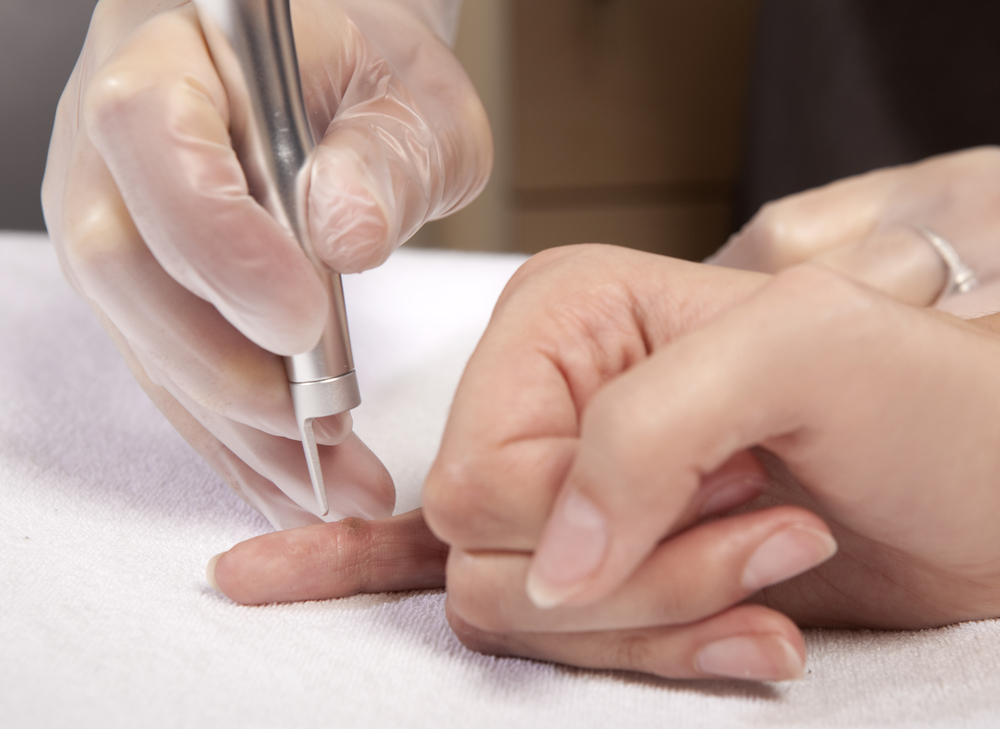Warts in Kids Come From Family Members, Classmates

Public locker rooms may seem like breeding grounds for germs, but when it comes to warts, kids may be more likely to contract a wart-causing virus at home or school, a new study suggests.
Kids who had a family member with warts were more than twice as likely to develop warts over the one-year study period than those who didn't have a family member with warts.
Children’s risk of developing warts increased if they had classmates with warts. In contrast, there was no increased risk of warts seen among kids who visited a public swimming pool or used a public shower, according to the study.
The cause of most warts is the human papillomavirus (HPV), which can be transmitted by skin-to-skin contact, or indirectly, via contact with an object.
The new findings suggest that it is the overall degree of a child's exposure to HPV that affects whether a child will develop warts, the researchers said.
"Having a family member with warts was a more important risk factor than school-class prevalence, which was more important than any public factor," the researchers wrote in their study.
Warts are common; up to one-third of kids in primary school have them, according to the study. Although most go away on their own, people may seek treatment for warts because of the discomfort they can cause.
Get the world’s most fascinating discoveries delivered straight to your inbox.
The study, conducted by researchers at Leiden University Medical Center in the Netherlands, looked at 1,000 children ages 4 to 12. Researchers looked for warts on the children’s hands and feet, and recorded information such as whether any family members or classmates had warts, whether the children walked barefoot at home, and whether they visited public swimming pools, used public showers or played sports barefoot. At a follow-up exam a year later, the children were re-examined for warts.
Overall, 29 percent of the children in the study developed new warts during the year. Children who had warts at the start of the study were more likely to develop new warts than were children who had no warts at the beginning of the study, the researchers noted.
It's possible that a genetic susceptibility to developing warts runs in families, and that this played a role in the findings, the researchers said. However, because having classmates with warts was also linked with an increased chance of developing warts, exposure is more likely a determining factor, they said.
Public-health recommendations aimed at preventing warts often include wearing flip-flops in communal showers and covering warts while swimming. However, recommendations should be aimed at reducing transmission within families and classes, the researchers said. For example, covering warts at home, rather than in the swimming pool, might be a more effective way to prevent their transmission.
The study is published online today (April 22) in the journal Pediatrics.
Pass it on: Warts are spread easily among families and classmates.
This story was provided by MyHealthNewsDaily, a sister site to Live Science. Follow Karen Rowan @karenjrowan. Follow MyHealthNewsDaily @MyHealth_MHND, Facebook & Google+.



